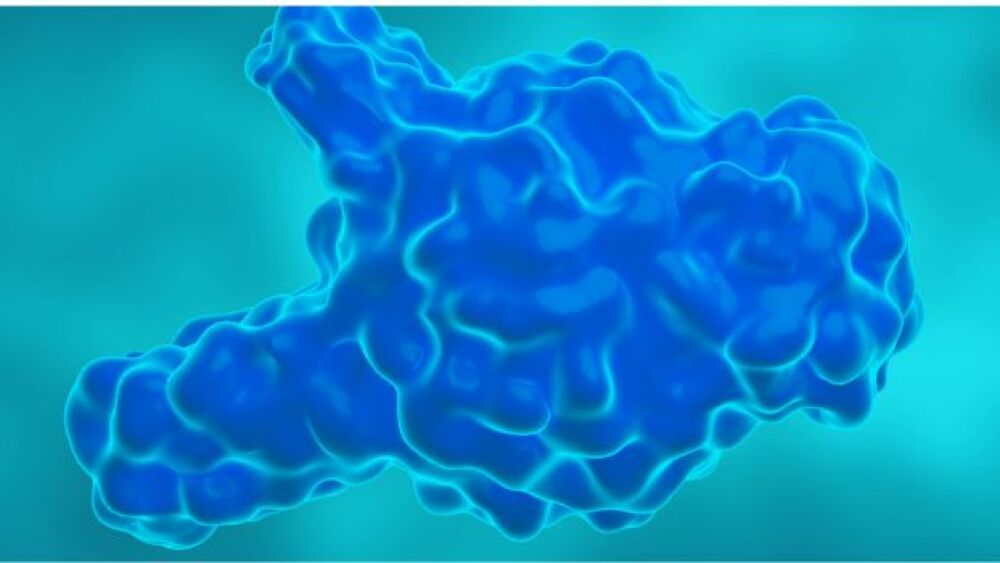SAN BRUNO, Calif., Aug. 22 /PRNewswire/ -- The recent groundbreaking finding of “embryonic-like” stem cells in umbilical cord blood could dramatically speed up the discovery of improved treatments for conditions such as diabetes, Alzheimer’s, Parkinson’s, stroke, and spinal cord injury.
A team of British and American researchers uncovered a number of stem cells in umbilical cord blood, with characteristics similar to embryonic stem cells. In laboratory experiments, the team has successfully turned the “embryonic-like” stem cells into liver cells. According to Stephen Grant, Senior Vice President of Cord Blood Registry (CBR), the world’s largest cord blood bank, “the discovery provides added value to the investment made by the estimated 300,000 families that have opted to cryogenically preserve their newborns’ cord blood for current and emerging uses.” Earlier this year the Institute of Medicine (IOM) recommended, and Senate Bill SB2039 requires, that all pregnant women are educated on the value of saving their baby’s cord blood at birth. Age-old medical practice is to discard cord blood as biological waste without knowledge or consent of the mother as to its potential future value.
With four million annual births in the United States, the newly discovered cells, named “cord-blood-derived embryonic-like stem cells” or CBEs, are significant in that they may enable researchers and physicians to harness the potential of embryonic stem cells without the ethical objections.
“This finding would confirm what I have believed all along -- that newborn stem cells have significant potential to differentiate into other cell types and are positioned in between true embryonic cells and adult cells in terms of their regenerative potential,” said David Harris, Ph.D., Professor of Microbiology at the University of Arizona in Tucson and Scientific Director at CBR. Harris, a noted expert in newborn stem cells and member of the Arizona Cancer Center and the Children’s Research Center, has uncovered similar findings in his research using newborn stem cells to grow corneas, repair hearts, and grow nerve tissue. He presented his findings at a recent meeting of the International Society for Stem Cell Research (ISSCR) in June in San Francisco.
“As emerging therapies develop, we believe that all families who have banked newborn stem cells with CBR will be able to take advantage of regenerative therapies for conditions we could all face throughout our lifetime,” said Grant. “The discovery adds further support to the increasing body of scientific evidence that newborn stem cells have significant potential for use in tissue repair. The marked growth in consumer demand for our service is a direct result of the very rapid progress being achieved with newborn stem cells.”
In the past few months CBR has retrieved cord blood units for newborns needing to use their own cryopreserved sample for stem cell infusions in an effort to repair damage from anoxia and traumatic brain injury. Another newborn stem cell infusion is scheduled for October as therapy for a child with cerebral palsy. These treatments are believed to be the first of their kind in the United States.
The study about “cord-blood-derived embryonic-like stem cells,” appears in the August issue of Cell Proliferation.
About Newborn Stem Cells -- Newborn stem cells are derived from the blood remaining in the umbilical cord and placenta following delivery of a newborn. -- Newborn stem cells were first used in 1988 to treat Fanconi anemia. Today they are used to treat over 75 serious illnesses. -- Newborn stem cells are biologically unique because they are 8-10 times more proliferative than adult cells and they are immunologically immature in comparison to adult cells, which reduces the risk of rejection -- Newborn stem cells have the longest telomeres of accessible cells which may benefit age related medical treatments -- Newborn stem cells are simple to collect and to cryogenically preserve for future use. About CBR
CBR is the world’s largest newborn stem cell bank. CBR’s laboratory has been collecting and processing newborn stem cells for family banking since 1992. The company has recorded profits from its operating activities since 1999, with acceleration in profit growth in recent quarters. Over 350,000 units of newborn stem cells for client families are preserved at CBR’s new 80,000-square-foot facility in Tucson, Arizona. The company’s research and development is focused on advancing the collection, processing, and storage methods to optimize quality and cell yield. Additionally, CBR facilitates collection of donated research samples which are made available for the nearly 200 research programs worldwide that are focused on stem cell expansion and cell-based therapies. For more information, visit http://www.cordblood.com , or call 1-888-CORD BLOOD. Cord Blood Registry is a registered trademark of Cbr Systems, Inc.
CONTACT: Rita Kennen 1-800-588-6377, ext. 239 rkennen@cordblood.com
Cbr Systems, Inc.
CONTACT: media, Rita Kennen of CBR, +1-800-588-6377, ext. 239, orrkennen@cordblood.com
Web site: http://www.www.cordblood.com//




